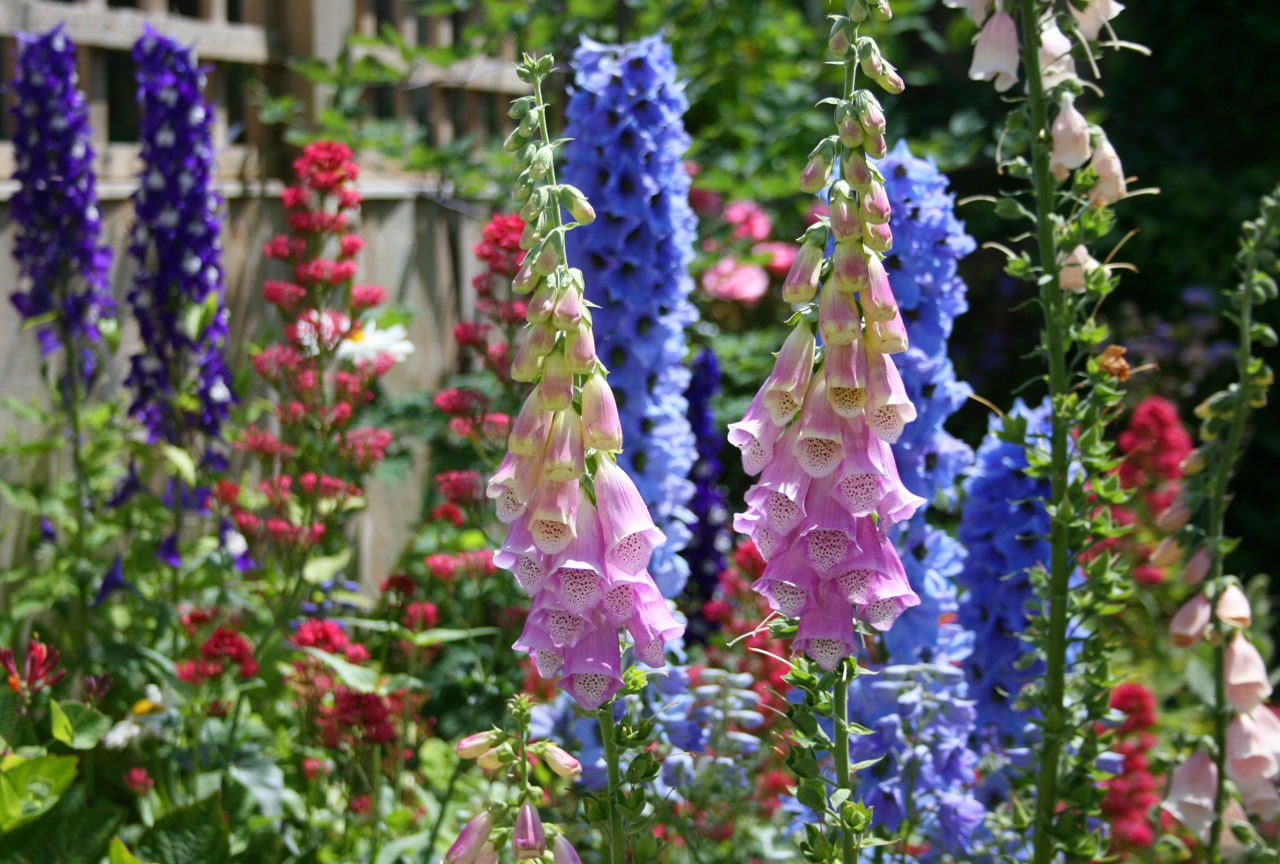
Annuals, biennials and perennials - what's the difference?
Sometimes, it just depends where you live!
Q: What is the difference between an annual and a perennial?
A: An annual is a plant that is grown from a seed, matures, flowers and sets seed within one year and then dies. Annuals usually have long bloom periods but have to be replaced annually (once a year).
Perennials, on the other hand, have root systems capable of surviving winter. At the end of each growing season, the leaves and stems above the ground die off. The root system produces new growth in spring. Perennials usually have shorter bloom periods, which range from two weeks to two months, depending on the plant. Perennials can survive for as few as three years to as long as decades. These types of perennials are known as herbaceous perennials.
Q: What is a tender perennial?
A: Some perennials cannot tolerate cold, so they behave like annuals in cold regions like Saskatchewan. For example, tomatoes, peppers, begonias and calla lilies are known as tender perennials and will grow year round in warm climates. They will not survive our cold winters, so they are treated as annuals here.
Q: Are trees and shrubs perennials too?
A: Yes they are. The leaves of leafy (deciduous) trees and shrubs typically change colour and drop off in the fall but the root system, trunk and branches remain. Most evergreens (or coniferous) trees and shrubs keep their leaves (needles or scales) all winter. Trees and shrubs are known as woody perennials.
Q: What is a biennial?
A: Biennials have a two-year life cycle. In the first year, seeds germinate and the plant grows a rosette of green leaves near the soil surface. It survives the winter and in the second year produces stems with flowers. Foxglove and some hollyhocks are examples of biennials.

